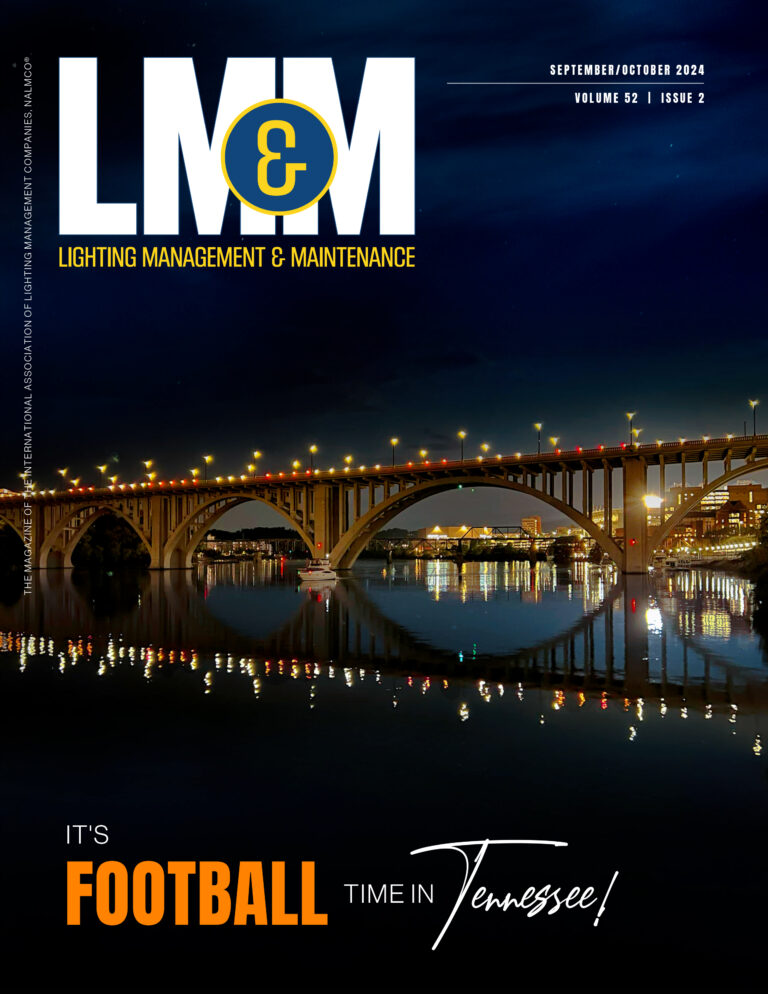AMSTERDAM–(BUSINESS WIRE)–Royal Philips (NYSE: PHG, AEX: PHIA), the global leader in lighting, today, in partnership with The Climate Group, called on every single city and utility around the world to schedule the switch of their street lighting to LED by 2025. During the annual Climate Week NYC proceedings in New York, Philips supported the launch of The Climate Group’s new major global campaign – “LED = Lower Emissions Delivered” – to encourage local governments, cities and utilities to embrace the carbon and cost benefits of switching to LED.
“Climate Week NYC is an important milestone on the road to COP21 in Paris later this year, where world leaders will be urged to act faster and more decisively in combating climate change,” said Eric Rondolat, Chief Executive Officer, Philips Lighting. “The demand for energy is increasing twice as fast as the annual rate of improvement in energy efficiency, so more ambitious targets are needed. For instance, simply switching conventional street lighting to LED provides an energy saving of around 40-50 percent. If you add connected lighting technologies, such as sensors and software control systems, you save an additional 30 percent while giving the community better lit, safer streets. So we definitely can meet more ambitious targets while at the same time improving quality of life.”
A new report, “Support The Big Switch,” published today, reveals that major cities around the world want to upgrade to LED. It states that while the technological barriers for switching to LED have been overcome, cities want more support from Government and financial institutions to refine business models and financing options to help make the switch.
In 2013, the city of Los Angeles began the installation of 140,000 LED street lights and has already reported energy savings of 63% and cost savings around $8.7 million in 2014. Today, with the help of Philips, Los Angeles is the first major city globally to renovate its LED lighting to ‘Connected lighting,’ using a system that uses mobile and cloud-based technologies. The new system delivers information so that cities can respond quickly to different situations, make smarter decisions and realize new operational efficiencies. And through connected LED lighting, the city has the potential to realize energy savings of up to 80%.
“There is no longer any reason why the big switch to LED street lighting shouldn’t start today, accelerating adoption in the US and around the world,” said Mark Kenber, CEO of The Climate Group. “Our global trials and stakeholder consultations have shown that, when it comes to tackling climate change, LEDs are the lowest of the low hanging fruit and easiest to implement. It’s technically proven, commercially viable, and already resulting in major savings for cities around the world. With the number of street lights around the world likely to hit 350 million by 2025, local governments, utilities and financial institutions need to work together to ensure that all new and existing street lights are LED – or of equivalent energy efficiency – by 2025.”
As a symbol of this collaboration and commitment and as a visible call to action for cities around the globe, the iconic Times Square Ball, lit by 32,256 Philips Luxeon LEDs, has been programmed to display ongoing variations of the color green interspersed with images of a spinning planet Earth throughout all of Climate Week NYC.



